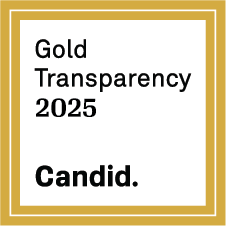Active banners: 1 Visible banners: 1
Banner ID: 25 Has content: true
Join us for the Teaching Economics through Climate – The Snowmobile Business Plan - January 13, 2026 4-5pm ET
Climate Feedback Loops
Provided by: King's Centre for Visualization in Science |Published on: May 20, 2021
Graphs/Tables
9101112
Synopsis
- In this lesson, students will learn about climate feedback loops.
- The lesson explains the role of carbon dioxide in feedback loops, the impact of warmer global temperatures on permafrost and methane clathrate hydrates, water feedbacks, and how increased temperatures have caused mountain pine beetles to thrive, leading to increased forest fires.

Subjects: Biology, Earth and Space Sciences
Authors: King's Centre for Visualization in Science
Region: Global
Languages: English
Teaching Materials
Positives
- The lesson includes a pop-up glossary to assist students in accessing definitions.
- Graphs and real-world illustrations are used to help students better understand the concept of a feedback loop.
- The lesson also includes math connections and provides students with opportunities to practice using graphs.
Additional Prerequisites
- Students would benefit from working through or referencing the previous lessons from this source.
- Students should be familiar with graphing and navigating simulations.
- Some of the data is not current. Examples include the following:
- The Carbon Cycle learning tool uses data from 2007 and 2008.
- Page 5/8 in Key Idea 4: Water Feedbacks features a graph with data that extends to the year 2010.
- This is part 7 of 9 in Explaining Climate Change, a series of lessons from The King's Centre for Visualization in Science.
Differentiation
- This lesson is divided into five sections. Students could complete these on separate days or at their own pace.
- Students could complete the lesson in small groups or pairs.
- Teachers can use the Your Turn questions for class discussions to ensure that students understand the major concepts.
- This lesson can be used in conjunction with these videos on climate feedback loops.
Scientist Notes
Teaching Tips
Standards
Resource Type and Format
About the Partner Provider

King's Centre for Visualization in Science
The King's Centre for Visualization in Science is a research center committed to improving the global public understanding of science through research and the creation and dissemination of peer-reviewed interactive electronic learning tools to see and understand science.
All resources can be used for your educational purposes with proper attribution to the content provider.



